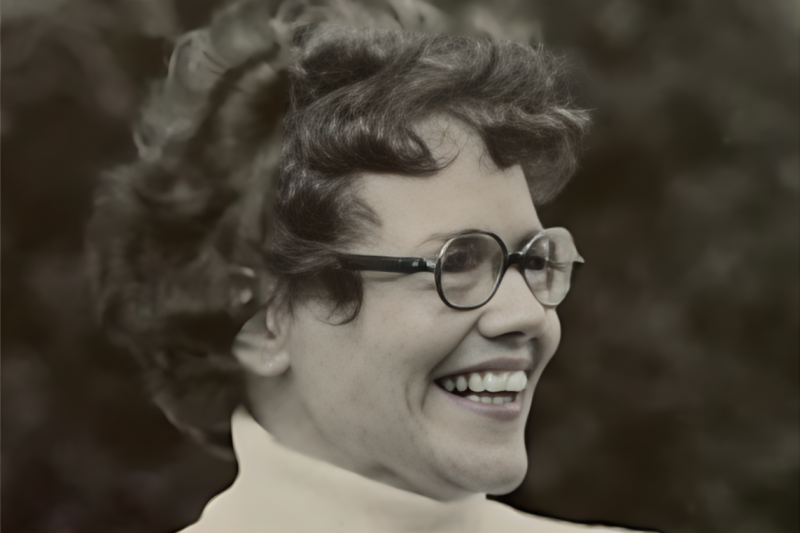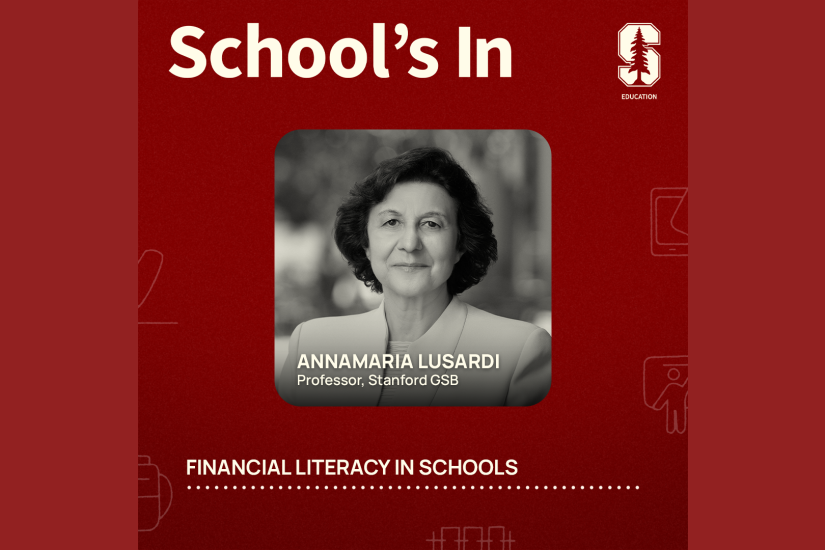
At reunion, Dean Steele welcomes alumni, highlights priorities of GSE
Dean Claude Steele welcomed alumni and their families to the Stanford Graduate School of Education reunion celebration, thanking them for their visit and reaffirming the importance of education in developing the potential of a society and shaping its culture, character and economy.
"Education is too important to leave to impressions, ideologies, best guesses, gut checks," Steele said Oct. 18, during a reception in the CERAS lobby that brought together more than 150 alumni. "Your coming back to see us gives us a chance to tell you how committed your old school is to contributing to progress in education."
Steele said the school was dedicated to fostering education as a field and profession based in science and scholarship.
He pointed out programs and initiatives that are leading the way, including the Stanford Teacher Education Program, the research and professional development partnership with San Francisco Unified School District and the Learning, Design and Technology program that produces entrepreneurs and explores the relationship between technology and learning.
He also mentioned future plans — developing a program to train school superintendents and principals and opening an educational clinic, "much like a medical clinic, where people come to us with their problems."
And he spoke on two priorities for growth: the impact of technology in education and expanding the nation's capacity to educate low-income students.
"We want to gather and strengthen our expertise," he said.
Alumni saw old friends, networked and visited more than a dozen exhibits showing off GSE programs, projects and graduate student research.
“I was excited to see my old colleagues, get caught up and see what’s happening on campus,” said Anthony Baxter, who received a PhD in 1989 from the GSE, taught at University of Massachusetts-Boston and now lives in Japan.
Baxter, who received special acknowledgement for being one of the farthest-flung alumni who made the visit back to Stanford, said he’s not the only one who had come a long way.
“Stanford and the Graduate School of Education have made such strides. We’re on the cutting edge of research, engaging in new programs and bringing in exciting faculty. It’s great to hear what everyone is up to,” he said.
Neil Hannahs, '73, MA '74, and his wife Mariane Holu Hannahs, '73, MA ’74, celebrated their 40th wedding anniversary in addition to their 40 years since graduation.
The couple, who work at a school in Hawaii, was glad to see a commitment to multidisciplinary research, diversity, hands-on practice and culturally oriented programs.
“I had the best foundation and grounding that has carried me through to the work I do today,” Mariane said. “I still, 40 years later, start every school year with a story that one of my professors told us.”
Reunion activities began with a lecture from Professor Deborah Stipek on the myths versus the research regarding universal preschool. During the hour-long “Classes Without Quizzes,” Stipek presented data on early childhood education and answered the question of whether universal preschool would close the achievement gap.
“No. It won't,” she said, then quickly listed more reasons than not to still invest in it. Kids, for example, who go to preschool are less likely to commit a crime and more likely to go to college. “We can reduce the gap but we can’t eliminate it.”
Stipek took questions from the full room and encouraged everyone to absorb the data she presented, “get armed with it,” and tell political leaders.
“The research is so compelling, I don’t understand why we’re not investing more,” she said.
The Stanford History Education Group also presented, “Reading Like a Historian,” a curriculum developed at Stanford that teaches students to use primary documents to investigate historical questions rather than rely solely on textbooks and memorization.
Alumna Aurora Wood Moore, PhD '13, greeted old classmates and networked with others during the evening.
“It’s hard to remain confident when you’re in the job market,” she said. “But coming back here, even just a few months later, reminds you that being a Stanford grad matters. I’m connected to amazing people and to an impressive place.”
Moore said it could be easy for the GSE to chase the newest trend in education, “then just get lost in it and fizzle,” and she’s glad to see the school stay firm in its commitment to research.
A commitment by Steele to technology also delighted Greg Bybee, MA/MBA '13.
Bybee, who works at NovoEd, an online education platform started by Stanford professors, said his combined degree has been invaluable. “I still go over my notes from class when I’m trying to figure out something for work.”
Bybee said he frequently visits the GSE for lectures, most recently attending a talk in the Education's Digital Future series.
Steele encourages the homecomings.
“We would like the GSE to be a place that our alumni continually make use of, a place you turn to and return to as a resource in your professional lives and for your thinking about education in general,” he said. “So please come back as much as you can.”



